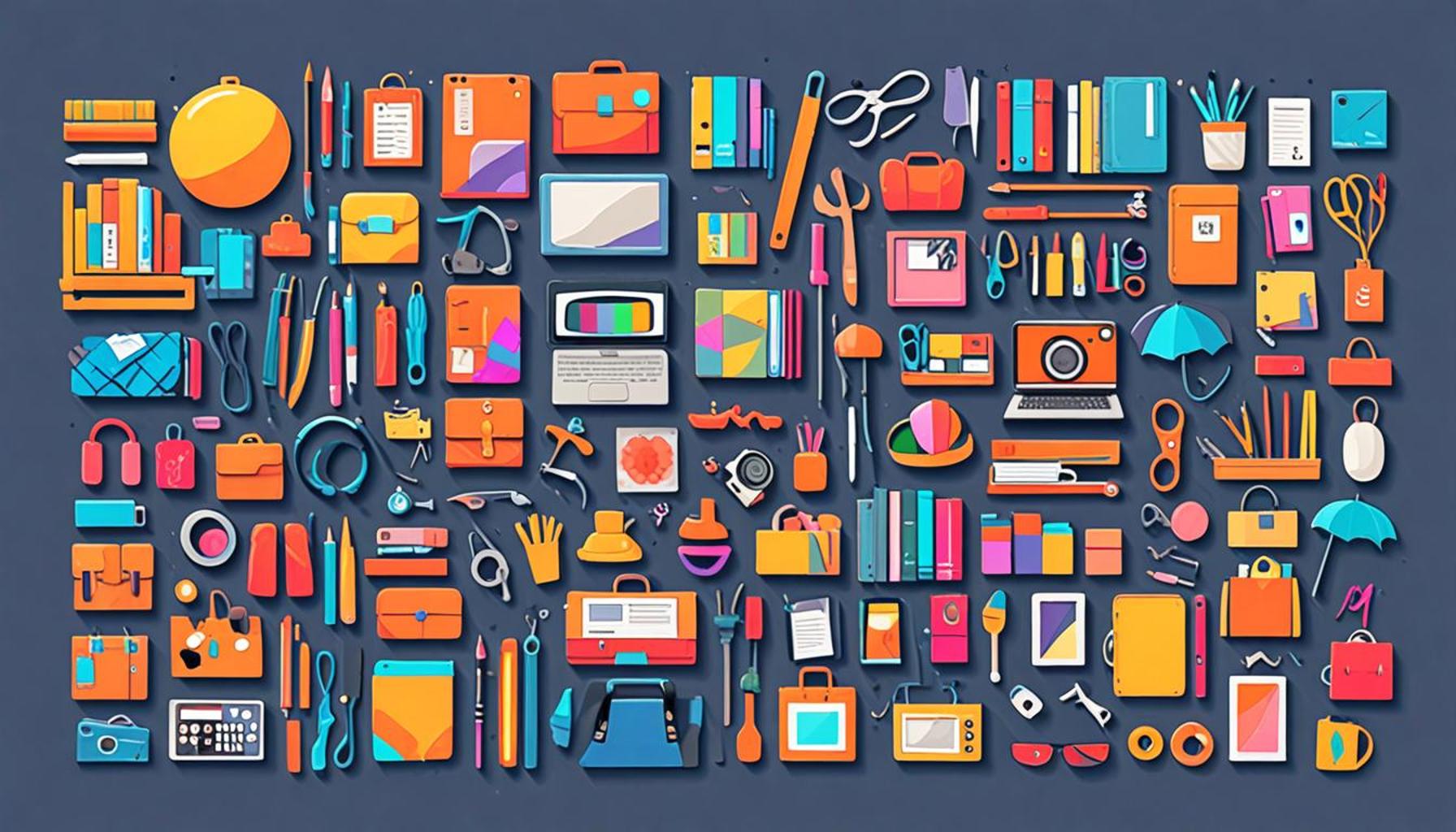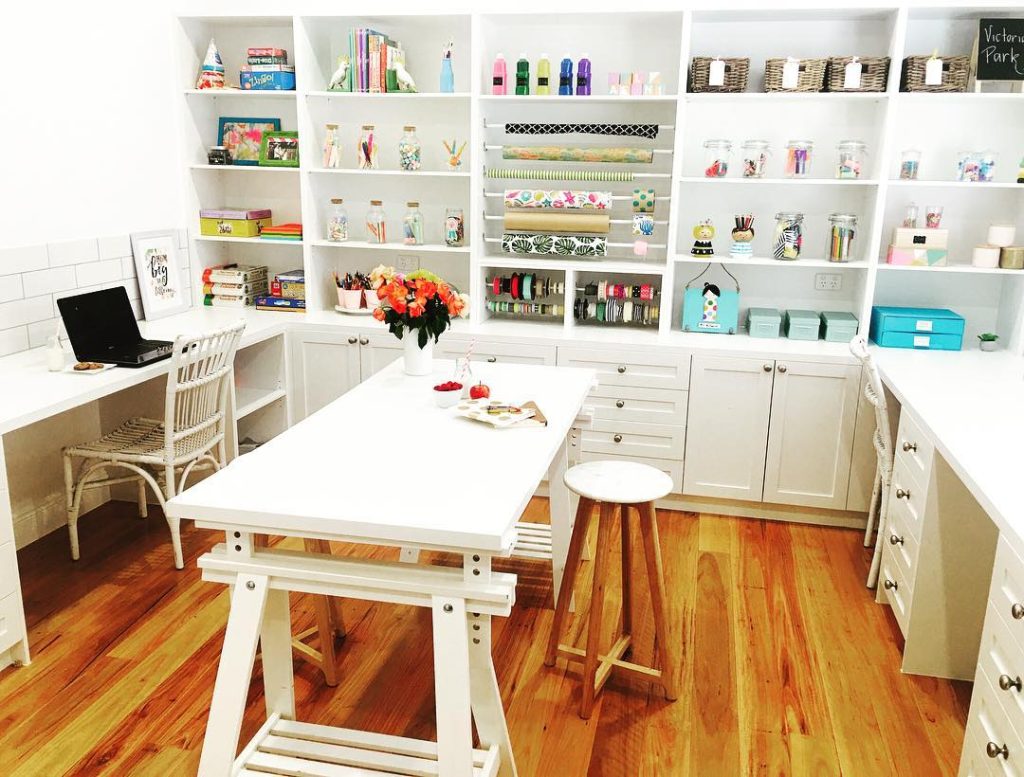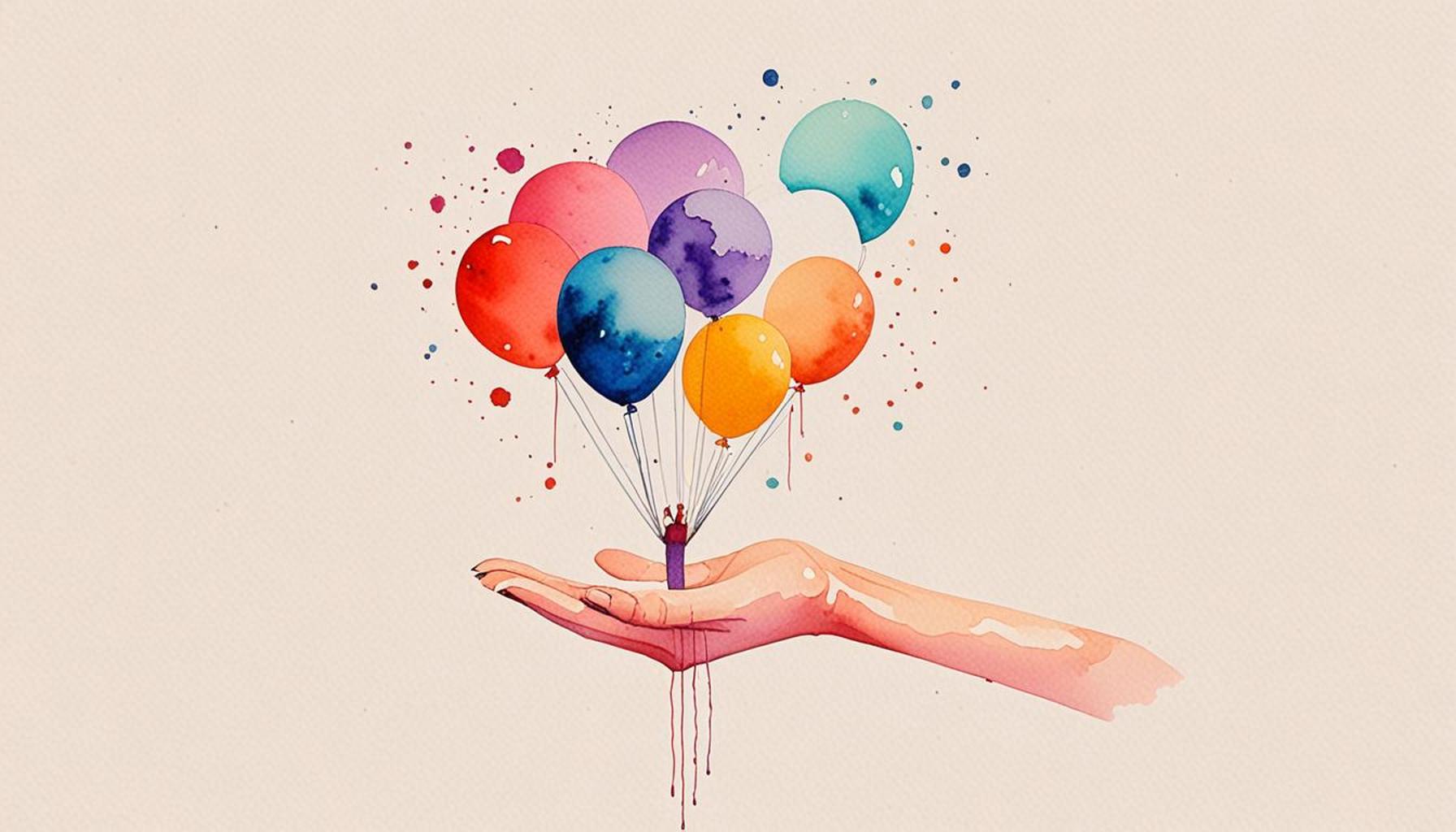Organization by Categories: How to Classify Your Belongings for Efficient Decluttering

Understanding the Power of Categorization
In today’s fast-paced environment, our living spaces can quickly become a reflection of our hectic lives. When we accumulate items without a structured plan, the chaos can become overwhelming. However, by embracing the method of organization by categories, we can not only reclaim our space but also enhance our overall quality of life.
Imagine entering a room where each item has been thoughtfully placed. Your mind feels clearer, your stress levels drop, and productivity surges. This can be achieved through effective categorization strategies that dictate how we organize our belongings. By understanding the benefits of this approach, you can chart a course toward a more orderly home.
Benefits of Organized Spaces
The advantages of categorizing your possessions are manifold. Firstly, a streamlined decision-making process becomes a reality. When everything is grouped by category, choosing what to keep or discard becomes simpler. For instance, if your clothing is segregated into ‘everyday wear,’ ‘work outfits,’ and ‘seasonal attire,’ it’s much easier to see what you have, assess your needs, and decide what can be let go.
Moreover, organization by categories can lead to increased productivity and focus. Research from organizational psychologists suggests that a tidy environment contributes to enhanced concentration—important in a world filled with distractions. Freelancers and remote workers, who often operate from home offices, find that a decluttered workspace fosters creativity and efficiency.
In addition, emotional well-being can greatly improve through reduced chaos. A clean, organized space helps alleviate anxiety, as feelings of overwhelm often accompany clutter. Many individuals report that decluttering acts as a form of therapy, allowing them to focus on the things that truly matter in life rather than the possessions that weigh them down.

Common Categories to Organize By
When it comes to categorizing your belongings, consider starting with these common groups:
- Clothing: Separate by type and season to make dressing easier.
- Books: Consider grouping by genre, read vs. unread, or author to make finding your next read a breeze.
- Kitchenware: Organize by type—utensils, cookware, and dishes—to streamline meal preparation.
- Seasonal Items: Create a storage system for decorations and clothing that you only use part of the year.
- Sentimental Objects: If you can’t let go of certain items, designate a specific area for them to prevent cluttering other spaces.
Even a small closet or a cluttered garage can benefit from this method. For example, tackling an overflowing garage can become less daunting when you divide the space into manageable segments. Use clear bins labeled with categories to make accessibility a priority.
In conclusion, as you explore the various techniques and insightful tips offered in this article, remember that the journey to decluttering is not just about creating space; it’s about fostering an environment where you can thrive. Embrace the process of organization by categories, take the first steps toward a more harmonious home, and experience the profound impact it can have in your daily life.
DISCOVER MORE: Click here to simplify your online presence
Principles to Help You Categorize Effectively
To embark on your journey of decluttering through organization by categories, it’s important to grasp the core principles that underpin this method. Understanding these principles will enable you to classify your belongings in a way that makes sense and fosters efficiency. With a clear plan, you can transition from chaos to clarity in no time.
1. Start with a Clear Vision
Before diving into categorization, take a moment to visualize your ideal space. Consider not only how each room should look but also how you want it to function. Would you prefer a workspace that sparks creativity or a serene living area that invites relaxation? By identifying your goals, you can tailor your organization strategy to meet your specific needs. This vision will serve as your guiding light as you sort through your belongings.
2. Embrace the “One Touch” Rule
One effective principle during the decluttering process is the “One Touch” rule. This means that each item should be handled only once as you decide its fate—keep, donate, or discard. For example, if you’re sifting through clothes, make a quick decision about each piece as you hold it. This approach minimizes procrastination often associated with organizing tasks and keeps momentum alive, making the decluttering process swift and efficient.
3. Utilize the Four-Box Method
The Four-Box Method is a popular strategy for efficient categorization. Prepare four boxes with the following labels: Keep, Donate, Trash, and Relocate. As you go through your belongings, place each item in the appropriate box. This not only helps you make decisions quickly but also ensures that everything has a designated place. For instance, items that no longer serve you but are still usable can be placed in the ‘Donate’ box, while broken or unnecessary items go directly into the ‘Trash’ box.
4. Consider Frequency of Use
While organizing your belongings, consider how often you use each item. Items that are used regularly should be accessible and easy to reach, while those that are rarely used can be stored farther away. This principle can be particularly effective in the kitchen, where daily utensils should be within arm’s reach, while special occasion cookware can be stored in elevated cabinets. This strategy not only simplifies day-to-day living but also ensures that your space remains orderly.
5. Keep It Seasonal
Another approach to consider is organizing items by season. This is especially useful for clothing, outdoor gear, and holiday decorations. By relegating out-of-season items to storage, you make room for your current needs and create a less cluttered environment. Store summer wear and holiday items within labeled bins, ensuring that they remain in good condition until they are needed again. This method supports a streamlined presence within your living areas and keeps everything in its rightful place.
By putting these principles into practice, you can create a solid foundation for your categorization efforts. Not only will this simplify the act of decluttering, but it will also enhance your overall living experience, ultimately leading to a more organized and harmonious home. As you navigate through these principles, keep in mind that every small step contributes to the greater goal of a serene, clutter-free environment.
Understanding Your Categories
When embarking on the journey of decluttering, it’s essential to establish clear categories for organizing your belongings. This structured approach not only simplifies the process but also ensures that each item has its designated place. Here are some popular categories that can help streamline your decluttering efforts:
| Category | Description |
|---|---|
| Clothing | Seasonal, daily wear, and special occasions – make choices based on need. |
| Kitchen Items | Categorize by functionality: utensils, appliances, and cookware. |
| Books | Separate by genre, authors, or frequency of use – promotes a reading culture. |
| Sentimental Items | Rotate displays or create a memory box to preserve cherished memories. |
Each category serves as a unique gateway to understanding what you truly need and what can be released. By compartmentalizing your belongings, you not only create physical space but also mental clarity. As you categorize, frequently ask yourself questions like, “Do I use this regularly?” or “Does this item spark joy?” These reflections will guide you in determining whether to keep, donate, or discard items, ultimately leading to an efficient decluttering process. Remember, the goal of categorizing is not just to declutter, but to cultivate a more organized and purposeful living space. So, take the plunge into organizing by categories, and watch as your life becomes clearer, one category at a time.
DISCOVER MORE: Click here to learn about innovative storage solutions
Advanced Strategies for Categorizing Your Belongings
Once you’ve embraced the foundational principles of categorizing your belongings, it’s time to delve into more advanced strategies that can enhance your decluttering process. These methods delve deeper into the nuances of organization, allowing you to refine your approach and tackle even the most challenging areas of clutter in your home.
1. Color-Coding Categories
One visually appealing and effective technique for organizing belongings is color-coding. By assigning specific colors to categories or types of items, you create a systematic and visually stimulating way to identify where things belong. For instance, you might choose blue bins for cleaning supplies, green for gardening tools, and red for holiday decorations. This strategy not only helps you quickly locate items but also adds a vibrant aesthetic to your storage areas, making maintenance of an organized space more enjoyable.
2. The “Reverse Hanger” Trick
If you’re facing challenges with clothing categories, the “Reverse Hanger” trick can be a game-changer. Begin by turning all your clothing hangers backward on the rod. Once you wear an item, return it to the rod with the hanger facing the correct way. After a six-month period, any hangers that remain in their original position are indicators of items that you likely don’t wear. This hands-on method not only aids in decluttering your wardrobe but also sparks an evaluation of your style preferences.
3. Digital Decluttering
Physical belongings aren’t the only entities that require organization; your digital space can also accumulate clutter. Start by categorizing your digital files and emails using folders and labels. A practical approach is to create main categories such as Work, Personal, and Financial, and then subdivide these into more specific topics. For instance, under Financial, you could have subfolders for Bank Statements, Invoices, and Taxes. In addition, using tools like cloud storage can help simplify your digital life and ensure that important documents are easily accessible.
4. Establishing a Maintenance Routine
Once your belongings are categorized and organized, an effective maintenance routine is critical for keeping clutter at bay. Schedule regular times—weekly or monthly—to reassess categories and remove items that no longer fit. This can be done easily with a simple checklist to ensure every space is revisited. For instance, create a checklist for common areas, such as the kitchen and living room, and include “review seasonal decorations” or “assess pantry inventory.” This proactive approach allows you to maintain a clutter-free environment and adapt your organization strategies as your lifestyle evolves.
5. Engaging the Family
Decluttering and organizing can often feel like a solitary task, but involving your family can shift the dynamic significantly. Create a team atmosphere by assigning categorization tasks to each family member based on their belongings. This engagement not only enhances accountability but also helps individuals learn the value of organization from a young age. For instance, children can learn to categorize toys into ‘Keep’, ‘Donate’, and ‘Trash’ bins, fostering a sense of responsibility and ownership over their space.
Implementing these advanced strategies into your decluttering and categorization routine promises to streamline your efforts and create a peaceful living environment. By exploring options such as color-coding, digital decluttering, and collaborative family efforts, you cultivate a system that is not only effective but also harmonious within your lifestyle.
DISCOVER MORE: Click here to dive deeper
Conclusion
In a world saturated with possessions, organization by categories emerges as an essential tool for efficient decluttering and a pathway to a more harmonious living space. Embracing the various strategies discussed, from color-coding to digital decluttering, enables individuals to transform chaotic environments into well-ordered sanctuaries that promote peace of mind. This methods not only simplify the process of finding what you need but also enhance the aesthetic appeal of your home, encouraging a more calming atmosphere.
Moreover, engaging family members in the decluttering process fosters accountability and cultivates respect for shared spaces. It reinforces the idea that the upkeep of an organized environment is a collective responsibility, instilling valuable habits from an early age. Incorporating a maintenance routine ensures that your hard work does not go to waste, creating a sustainable model for keeping clutter at bay.
Ultimately, the journey towards decluttering through categorization is not merely about discarding items; it’s about reevaluating your lifestyle and making conscious choices about what truly adds value to your life. As you embark on this organizational odyssey, remember that every small effort contributes to greater clarity and tranquility in your living space. So, take the plunge, explore these categorization techniques, and transform your home into a reflection of your unique style and priorities.


